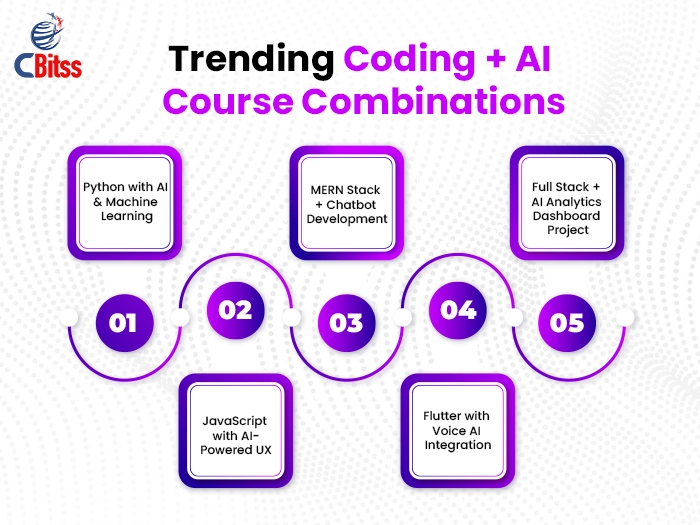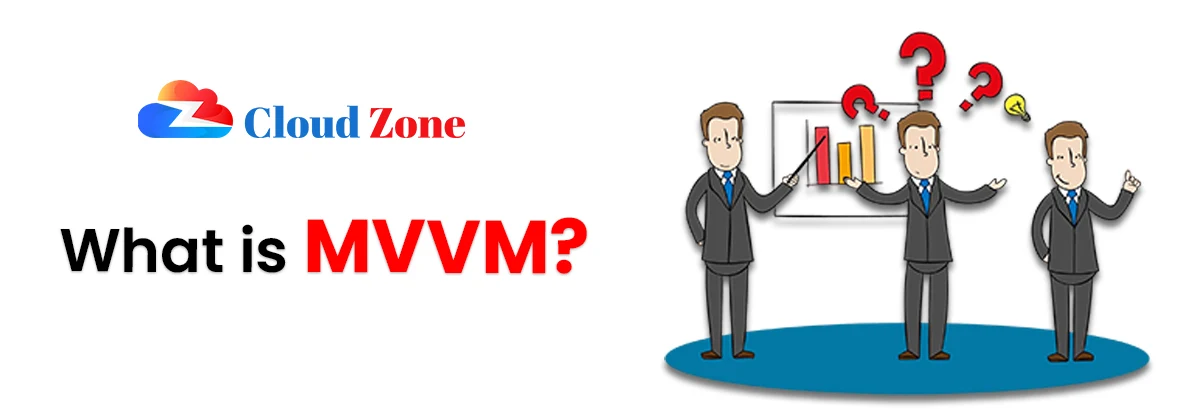How to use Python Data Analysis
Table of Contents
ToggleIntroduction
Python has become a remarkable tool in the data analysis arena. Providing users with tools that can help extract value out of massively large datasets. Whether you are an experienced data scientist or just ventured into this field, Python is considered the key to a broader range of opportunities. In this blog, we will discuss how to use python data analysis. We will also look at the basics of data analysis using Python. All this while actively writing to develop and sharpen readers’ comprehension of its principles.

Getting Started with Python
If you are interested in getting some experience in the field of data analysis, then you need to start with learning Python. Download the Python interpreter in your system and select a development environment of your choice. This includes the Jupyter notebook or the visual studio code. When you have set up Python for use, you are free to explore the fascinating world of data analysis.
Importing Data
The steps for performing any data analysis project indeed start with the preparation and management of datasets. Other libraries like Pandas and NumPy in Python’s vast list of libraries, makes it very simple. You can link data from sources such as CSV, MS Excel and even the databases. Main operations allow us to load the data into memory and investigate its structure and content within several lines of code.
Stay ahead of the curve by learning AI-powered design techniques for the web.
Exploratory Data Analysis
Exploratory Data Analysis (EDA) is a crucial step in the understanding and analysis process of the data. It enables the discovery of patterns, variations and outliers, if any. Python provides many functions allowing for EDA tasks such as data summarization, data visualization, and hypothesis testing. Through the help of libraries such as Matplotlib, Seaborn, and Plotly, it is now possible to create visually appealing representations of the underlying story of your data.
Data Cleaning and Preprocessing
In doing your analysis, you should first validate the credibility of your data for you to get accurate results for your research study. Data cleaning and preprocessing of data is one of the most fundamental and effective features of a programming language. Python offers a broad arsenal of tools for that purpose, which may include the following steps:
- Handling with missing values that are typical in real-life scenarios
- Removing duplicates which can confuse analysis
- Fixing the data format issues such as lower casing the data or converting it into the required data type.
Through such factors, it becomes possible to conduct a coherent analysis because the data used in the analysis has been purified.
Stay ahead of the curve by learning AI-powered
Feature Engineering
It is the activity of creating new features or remodeling the existing ones in a bid to improve the performance of the machine learning models. Python has many libraries and ways to engineer the features such as encoding the categorical variables. And also scaling the numeric variables as well as making the interaction features. It will be beneficial to understand how the choice of features enhances or degrades the basic model solution and hence influences the model’s performance.
Feature Engineering
After following all the aforementioned steps, structured data is now ready for modeling. It requires the use of various algorithms to train the models in order to discover the achievements or make predictions. Python offers a vast assortment of machine learning programs and libraries. This makes it easier to create and deploy complex models using scikit-learn, TensorFlow, and PyTorch. Python not only covers areas of classification, regression, or clustering tasks but also many other types of tasks.
Model Evaluation and Validation
Once the models are trained it is important to check the quality of the generated predictions and their adherence to unseen new data. Python gives a set of methods and strategies for confirmation of validity, assessment of the desires of cross-validation, and a few others. This helps you to discover what specific issues have led to low performance and adjust your methods for better outcomes.
Reporting on the findings and tracking the efficiency of implemented strategies
Another important integral component is to get valuable information by using big data, in order to make more efficient decisions. Python enables result analysis results and allows the user to come up with proper ways of presenting the results to the relevant authorities. From mapping dynamic views, generating acclaimed reports, and compelling narratives, Python offers the avenue in spinning the tale of the data.
How to Analyze the Use of Data Visualization
Exploratory data analysis through data visualization is an ideal way to conduct analysis based on the principles of discovering normality or the abnormality in the data. Python has an extensive number of libraries in terms of data visualization. Each of the libraries has certain advantages and limitations in the way they work. For instance, several packages include ‘Matplotlib’ which can generate static plots with a lot of options.‘ Seaborn’ which is a library that uses a high level interface for generating statistical graphics. In other words, with visual analytics, it becomes easier to turn large tables of data into stories that are constructive for the stakeholders.
Embracing the Iterative Nature of Data Analysis
Data analysis is therefore a cyclical process of experimentation and exploration of data with the process not being linear but rather a cycle of discovery. The primary advantage of using Python is that its highly iterative nature as an environment and that it is dynamic, which is good for data analysis looping. For example, Jupyter Notebook allows you to examine data, enter the code, and review the results and employ charts all in one environment. Due to features such as cell-based execution and inline plot, it is easy to enhance the analysis and hypothesis tests in real-time for greater insights.
Conclusion
Fundamentally, one has to acknowledge that all the complex data sources can be more or less effectively explored using Python data analysis tools. So now armed with this knowledge you can then go ahead and apply more real life data analysis problems and extract as much value from your data as is possible.



